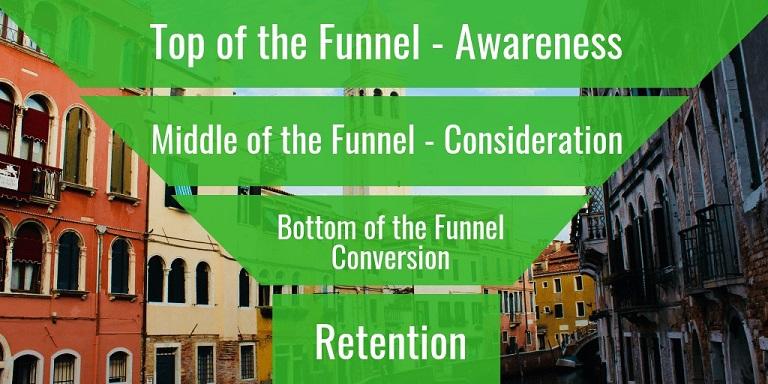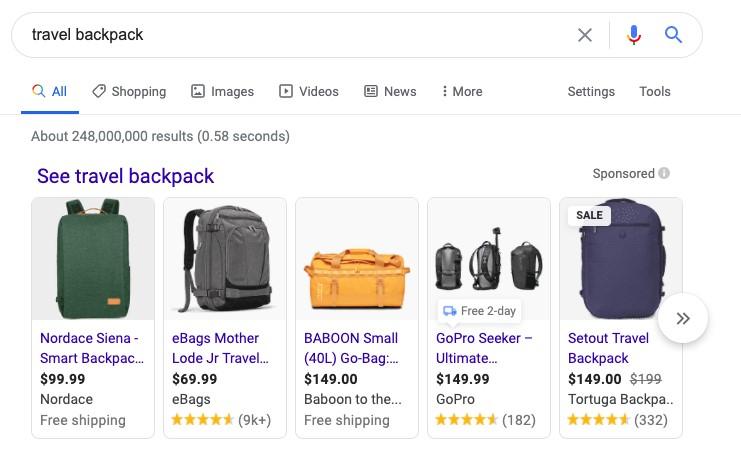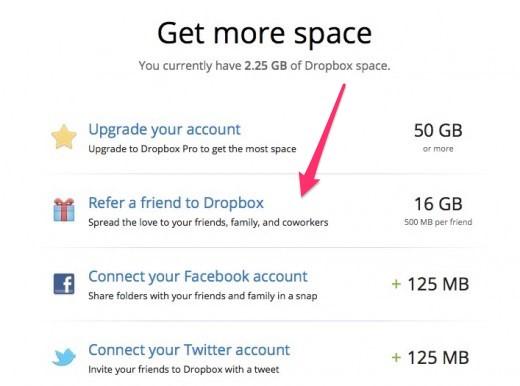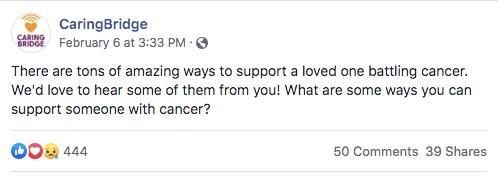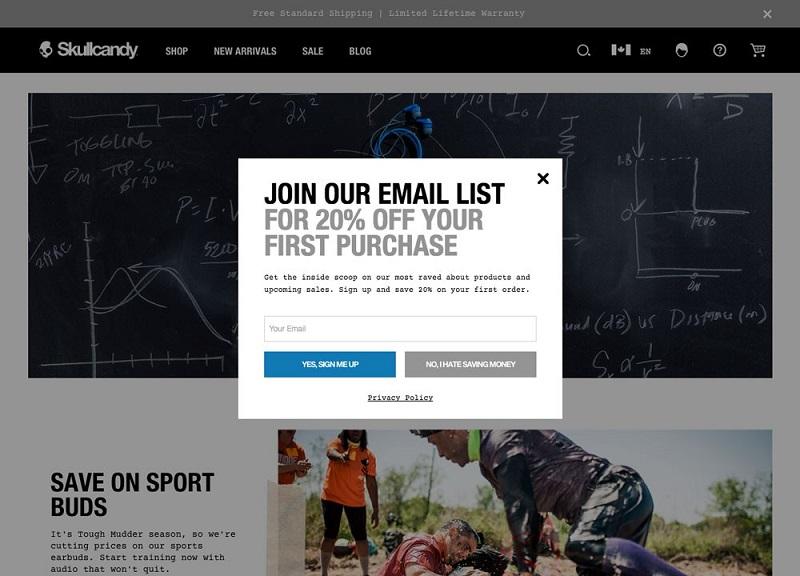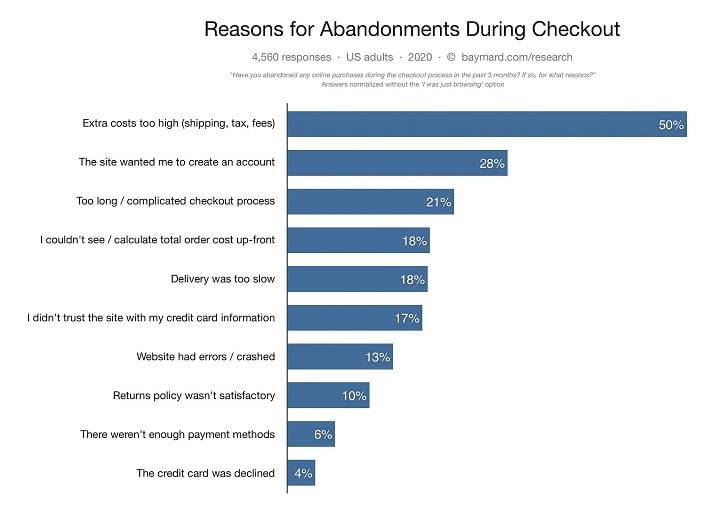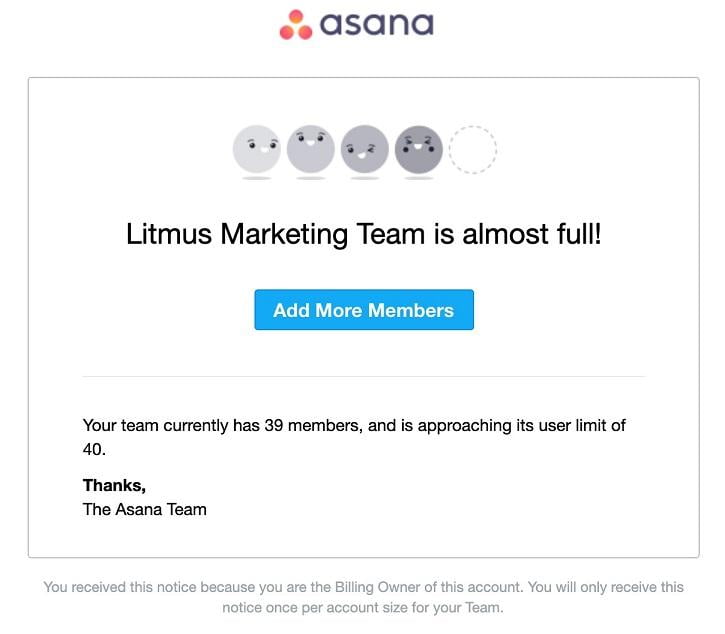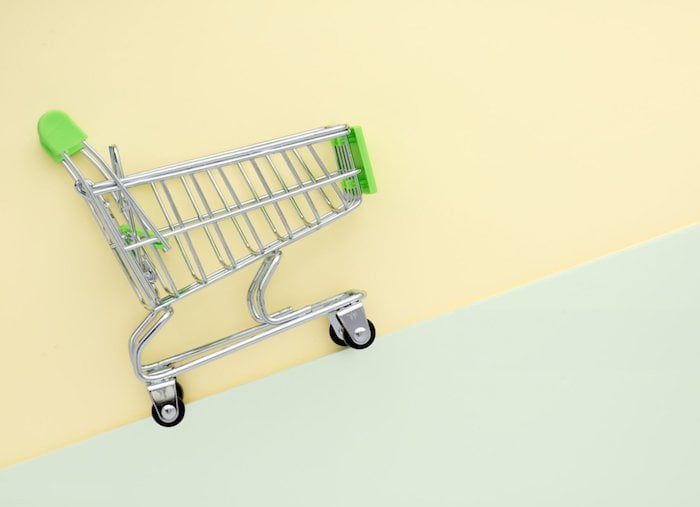
How to Improve Each Stage of Your Ecommerce Sales Funnel
The average conversion rate for ecommerce sites is 2.63%
Let that sink in.
97.37% of your site’s visitors are just shopping around. And, given the cost of acquiring traffic these days, that is one ugly average.
But you don’t have to settle for average.
Understanding the customer’s journey can help you optimize your digital marketing strategies and increase that conversion rate. In our experience, clients struggle to conceptualize the ecommerce sales funnel in a way that benefits the customer and their business. They see it as a streamlined process—an A to B—but picking it apart stage by stage is a much better method. In this post, we’re going to show you how understanding the typical customer journey will help you increase your ecommerce sales funnel’s conversion rates and customer retention rates.
We have a lot to cover, so let’s get started.
What is an ecommerce sales funnel?
An ecommerce sales funnel illustrates the process a person undertakes to go from a potential customer to an existing customer and beyond to retention.
A customer can go through the funnel in a blink of an eye (they see something, they want it, they buy it), or it can take months or even years for them to finally decide to complete the purchase.
Here’s a simple example of an ecommerce sales funnel.
There is quite a bit of variation in funnel design amongst marketers and industries. You may have heard of a conversion funnel or a marketing funnel or a demand-generation funnel.
But while they take slightly different approaches, the concept is always the same: mapping the customer’s journey towards making the desired action.
The 5 stages of an ecommerce sales funnel
Another way to understand a funnel is to break it down into stages. Some companies do three or four stages; some do six. We like the five-stage ecommerce funnel, starting with brand awareness and ending with customer retention.
- The awareness stage: In the awareness stage, customers in this stage are just learning of your brand. They’re learning about you through organic search, paid traffic, referrals, and other top-of-the-funnel marketing tactics.
- The consideration stage: Mid-funnel customers have shown interest in what you’re selling. But what worked on top-of-funnel customers won’t work on these customers. You got their attention; now, you have to keep it through customer testimonials, product descriptions, and more.
- The decision stage: Customers in this stage are evaluating their final choices. This is a great stage for showing off your customer service skills and using limited time only discounts to nudge the customer towards choosing your brand.
- The purchase stage: In this stage, you’ll find bottom-of-the-funnel customers who have decided to buy (in which case you focus on a frictionless checkout experience and account sign up) or have decided to not to buy (in which case you can focus on retargeting ads to the customer back into your sales funnel).
- The retention stage: These are beyond-the-funnel customers. You’ll use email sequences, customer accounts, and loyalty programs to keep these customers back for add-ons, upsells, and cross-sells. The goal of stages one through four is to keep the customer moving deeper down the funnel toward becoming a customer. The goal of stage five is to keep the customer coming back.
Now that we’ve outlined what an ecommerce sales funnel is and what the five stages of the funnel are, let’s start talking about how to improve each stage.
How to improve the awareness stage of your ecommerce sales funnel
Building out the strategy for the top of your ecommerce sales funnel can get overlooked (after all, the direct relationship between ad spend and revenue is hard to see this high up in the funnel), but the strategies you develop for top-of-funnel customers are critical for cultivating your target audience.
The goal during the awareness stage is to draw in as big of an audience as possible without losing sight of your ideal customer.
Here are three ways to do that.
1. Use existing customer data to create lookalike audiences for Facebook ad campaigns
Facebook lookalike audiences help you find potential customers that are almost identical to your existing audience. Imagine taking your existing client-base and hitting copy-and-paste. Okay, it isn’t that exact, but it’s close.
A lookalike audience strategy helps you increase your reach without losing your focus.
To build a lookalike audience, you can use:
- Customer email lists. Take customers who have subscribed or entered your giveaways and use their emails to create a custom audience.
- Recently converted customers. Using data from your recently converted customers is a no-brainer. This way, you can take the attributes of those who have purchased and create a lookalike audience.
- Users who have engaged with your content. These could be potential customers who have liked your pages or viewed your videos. These people have shown an interest in your brand.
These are three great ways to set up your lookalike audience for success, but there are also some more (see below).
Using custom lookalike audiences is like jump-starting the process to make sure the top-of-the-funnel customers you’re curating are more likely to move to stage two.
2. Optimize your Google Shopping Feed with product groups and negative keywords
Matching your products to customer queries is the goal behind optimizing your Google Shopping Feed.
That’s how you get results like this when you Google “travel backpack”:
Shopping campaigns aren’t led by keywords. Instead, the success of your Shopping campaign lives and dies by the product groups you’ve created in your product data feed.
When you start a Google Shopping campaign, all of the products in your product data feed are grouped together. If you leave it like that, you’re not going to see a significant return on ad spend, or (ROAS), because you’re giving all of your products the same bid.
But not all of your products are created equal. Some have a higher profit margin or come with a better conversion rate.
We recommend you narrow your products into specific groups based on these three metrics:
- Price
- Profit margin
- Conversion rate
Try to put like with like. The closer you can get all of your products in one group to be equal across those three metrics, the better.
Using negative keywords in Google Shopping campaigns should be the status quo in your digital marketing strategy.
Product groups and product attributes are a great start to optimizing your Google Shopping campaigns, but you can’t overlook negative keywords.
Negative keywords tell Google what keywords you don’t want your product to be triggered for.
If you think about what Google Shopping Feed is doing, it’s trying to play matchmaker between your back-end product catalog and what the customer is searching for. You can use negative keywords to help make this process more accurate, so someone doesn’t get your product by mistake.
To help you get started on your list, we’ve actually put together a negative keyword tool.
3. Create a referral program that matches your brand
The theme between these tips so far is two-fold:
- Increase your brand’s awareness
- Focus on the right audience
That’s what makes referral programs a great tool to optimize the first stage of your ecommerce sales funnel. People don’t refer their friends to products that don’t make sense. You refer your friend to a product because you think they’ll like it.
In one of the more popular case studies, Dropbox incentivized their existing customers to refer a friend (incentivizing their current customers with extra storage) and saw a 60% increase in signups within 15 months.
This worked so well because it was a simple referral process that kept the focus on the brand. Dropbox offered increased storage, which means they were showing value while incentivizing referrals.
We’d make the argument that if Dropbox tried this same program but was offering Amazon gift cards as an incentive vs. more storage, it wouldn’t have been nearly as successful. But they tapped into what their existing customers wanted and showed them a clear way to get it.
Ready to learn more about optimizing stage one of your ecommerce sales funnel? Check out our article on clever ways to build brand awareness.
How to improve the consideration stage of your ecommerce sales funnel
In this stage, the customer is evaluating what you’re offering.
Two areas we recommend you focus on are cultivating user-generated reviews or content and writing benefit-driven product descriptions.
1. Encourage user-generated content
We love to see user-generated content for three reasons.
- It allows your existing customers to speak directly to your potential customers. And while your company’s marketing team knows the product inside and out, your existing customer base can relate much more naturally to your potential customer base.
- UGC shows your product off in the real world. Whether you’re selling clothing or a camera or a service, UGC helps potential customers see your product in action.
- It gives you valuable content that you can use throughout your marketing strategies. Whether you’re a small business or a large enterprise, content production isn’t cheap or easy. Even if you can afford a content marketing agency, it’s difficult to find writers who know your product inside and out. UGC can help fill that gap.
Here’s an example of a site soliciting UGC to help with content production:
CaringBridge, a non-profit with a limited marketing budget, capitalized on their emotional and unique user generated stories to help them create content that only they could create.
We like this example because it shows a brand taking a very active role in getting user-generated content, instead of just focusing on increasing online reviews and testimonials. This brand went after stories and turned those stories into relevant and value-driven content.
2. Write benefit-driven product descriptions
86% of consumers consider product content critical when making a buying decision. Yet, in our experience, some brands (both new and established) are so focused on branding themselves that they get a little carried away and brand in the wrong places.
Don’t get us wrong. Branding is important. But there’s a time and a place. And product descriptions are often not the place.Product descriptions should be written to help the customer understand the value of your product. You don’t do that by focusing on features because customers don’t immediately connect with features. Instead, focus on the benefits.
For example:
- A feature is AI-powered machine learning layered onto Quickbooks. A benefit is being able to access all of your finances in one dashboard.
- A feature is SuperCool™ Memory Foam. A benefit is a great night’s sleep.
If you’re doing a great job getting traffic to your ecommerce store but are struggling to convert them, check out our article on making highly-effective landing pages.
How to improve the decision stage of your ecommerce sales funnel
We like to think of this stage as an informed customer weighing their two or three final choices. They know the brands that can help and are listing pros and cons of each.
And, remember, not buying is always an option.
When it comes to tipping the odds in your favor, we recommend offering excellent customer service and exit-intent pop-ups.
1. Focus on customer service
Your customer knows your brand, has read your benefit-focused copy, has seen your ads. They know a good chunk about what you’re offering. They might just need to hear it one more time, or they might have a question that isn’t on any available pages.
That’s where customer service comes in.
Is your brand reachable? Brands can show their dedication to customer service by having these tools available:
- Live chat
- Emails
- FAQ and help desk pages
These tools help bridge the gap between what the customer currently knows and what they need to know to make a purchase. If a customer is on your site but has a specific question about lead times, a quick live chat session can answer it for them, and move the customer further down to make a purchase.
No matter your industry, we want to see a clear way for a potential customer to contact your company and get a quick, value-driven response.
2. Implement an exit-intent strategy
At the beginning of this article, we told you more than 97% of your customers will leave your site without making a purchase.
Having an exit-intent strategy in place works off of those numbers. The fact is people are going to bounce off your page. We recommend using marketing to try and get something out of them before they go.
You do this by having an exit popup appear when a customer abandons your page. Here’s an example from headphone ecommerce company Skullcandy:
The whole strategy is to get the user to stick around or come back for more.
The average conversion rate of an exit pop up is 3.93%. That’s getting almost 4% of the 97% of customers who are otherwise abandoning your brand.
Click here to learn more about effective popup advertising strategies.
Some marketers actually stop their funnel here. They think that once a customer has made a decision to buy (or not buy) that that’s the end of the sales funnel.
We don’t think that’s reflective of the customer experience—especially in ecommerce. After a customer has decided to buy, they still need to checkout, which takes us to stage four: making a purchase.
How to improve the purchase stage of your ecommerce sales funnel
In traditional brick-and-mortar selling, once a customer has decided to buy, the ol’ wisdom was to shut up and take their money. Amateur salespeople could talk themselves out of a sale by offering the prospect unasked for information.
While the dynamic is different with ecommerce marketing, there’s still some truth to getting out of the customer’s way once they have decided to buy. To do that, we recommend you create a friction-free checkout experience.
1. Create a friction-free checkout experience
Friction occurs at the checkout for various reasons.
50% of customers abandon their cart because of hidden prices (unplanned for shipping fees), but 21% leave because the checkout process was too long and complicated.
Plus, nearly one-quarter of people who leave your site are doing so because the checkout process is sloppy. That’s like losing a touchdown on a technicality.
It can take some work to figure out the best way for your company to create a truly friction-checkout process, but here are some general pointers.
- Reduce the number of form fields. Only ask for the information relevant to this purchase. If you ask for more information than you need, a customer can easily get frustrated or even just run out of time as they were trying to complete a purchase.
- Don’t have any surprises after the customer starts the checkout process. Any extra shipping costs or fees should be or even lead times should be communicated to the customer before they start filling out your form fields.
How to improve the retention stage of your ecommerce sales funnel
In our experience, a rookie mistake is undervaluing existing customers. Maybe it’s because so much of marketing is about increasing brand awareness. Maybe even marketers are saturated with social media ads promoting new bands. Maybe we just like thinking in terms of “new” instead of “established.”
But as your business grows, you’ll see a larger piece of your daily sales being made by established or return customers.
To increase customer retention, we recommend you:
- Prompt customers to create accounts.
- Use email sequences to boost upsells, cross-sells, and add-ons.
1. Prompt your customers to create accounts
While you want to be mindful of not slowing down the checkout process to the point where you see an increase in cart abandonment, you still want to encourage your customers to create accounts on your site.
Shopify recommends you get around this paradox by offering to let your customer create an account after they placed their order.
2. Implement upsells, cross-sells, and add ons
Effective email marketing is about continuing the conversation between your company and your customer. It’s a highly viable digital marketing strategy. In fact, nearly 60% of marketers say email marketing is their biggest source of ROI.
We like to use email marketing to offer upsells, cross-sells, and add ons.
What you’re effectively doing is reaching out to customers who you know have an interest in your company and are making targeted and specific recommendations based on their previous transaction history.
You can send your customer an email for any reason, but we like it’s relevant to the customer’s personal journey with your product. For example, sending a customer a post-purchase email to offer add-ons to the core product they purchased is a great way to increase the average ticket order.
But emails don’t need to be sent immediately after an order is placed to have value.
Here’s a great example from Asana:
This email notification shows:
- Asana knows your company and its needs.
- It has a solution to let you keep operating at maximum efficiency.
Optimize your entire ecommerce sales funnel
Mapping your customer’s journey to the ecommerce funnel is a great way to recalibrate your digital marketing strategies.
Too often we see jarring changes between building awareness and increasing consideration. This disunity in an ecommerce strategy can hurt your conversion rates, but by creating marketing strategies with your sales funnel in mind, you can create a seamless journey that works to propel your potential customer into not only an existing customer but a returning customer.
Meet The Author
Brad Smith
Brad Smith is the founder of Codeless, long-form content creators for SaaS companies. Their work has been featured in The New York Times, Business Insider, TheNextWeb, Shopify, Moz, Unbounce, HubSpot, Search Engine Journal, and more.
See other posts by Brad Smith
More Articles Like This
Comments
Please read our Comment Policy before commenting.

